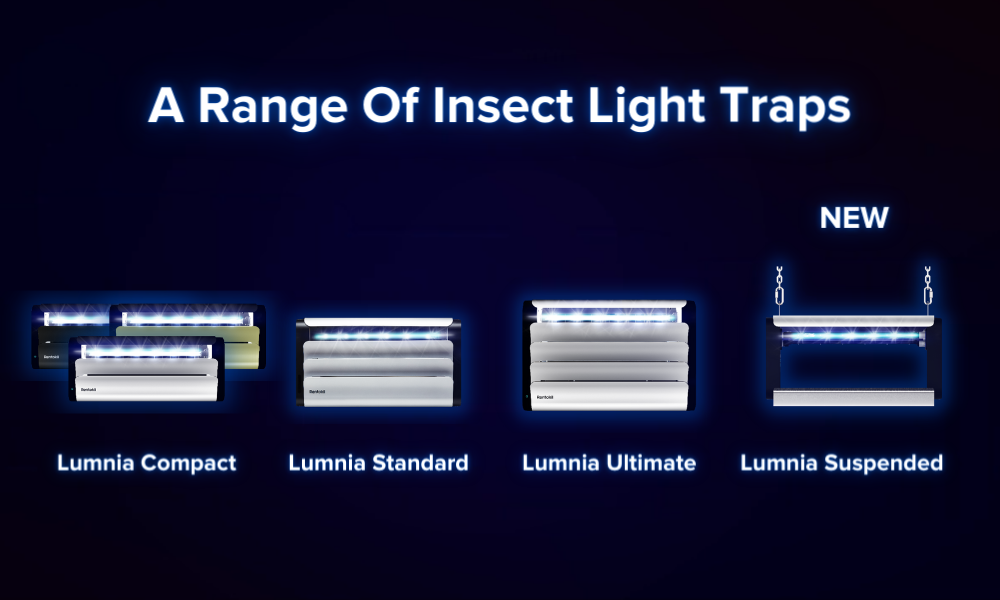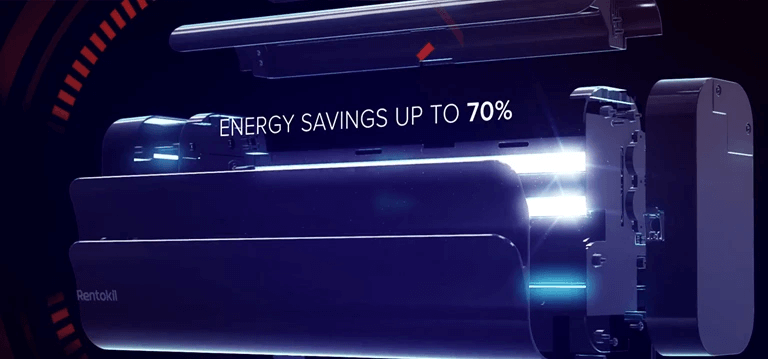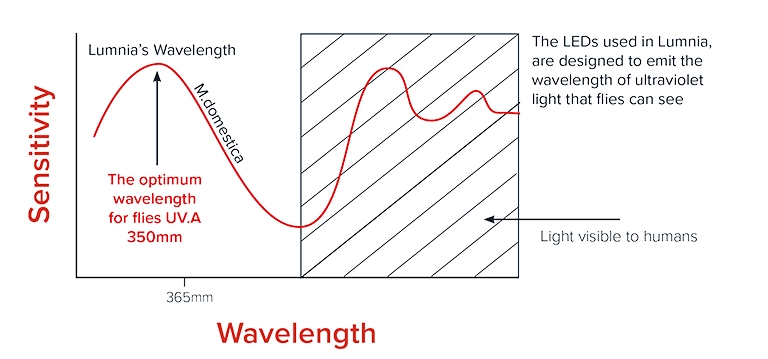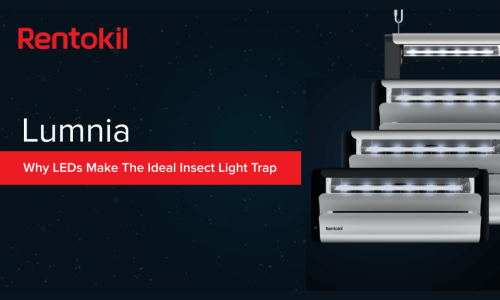Why LEDs Make The Ideal Insect Light Trap
Controlling flies in commercial environments can be a major challenge for businesses. Not only can flies be a nuisance, but they can also pose a health risk by spreading bacteria and disease. Although traditional fly control methods have long been proven to be useful such as insecticides and sticky fly paper, it may not be enough to control the fly infestation effectively. Especially when technological advancement and sustainability efforts are being favoured by businesses nowadays. Pest control also has innovations to follow this movement while managing infestations. One prime example would be an LED fly control innovation from Rentokil Pest Control Malaysia called Lumnia which offers a safe and effective solution for managing fly infestations which we will find out more about.

Most businesses need an effective fly removal solution that is appropriate for their individual environment. While selecting an insect light trap, a business must consider which insect light trap to choose from whether it could be for a huge warehouse or a café. Lumnia range Insect Light Trap series come with aesthetic and modern designs and there are 4 different units that are each best suited to protect certain business premises. For front of the house in businesses, Lumnia Compact (1 LED lamp) and Standard (2 LED lamps) are recommended for dining areas and hotels. While for the back of the house, Lumnia Ultimate and Suspended which comes with 3 LED lamps provides a powerful and efficient attraction for food industries, pharmaceutical and manufacturing companies.
LEDs are sustainable

Lumnia range Insect Light Trap works by using LED light to attract flies. Once the flies are drawn to the trap, they are then captured and contained. The trap is designed to be low maintenance and discreet, making it an ideal solution for commercial environments where cleanliness and aesthetics are a priority.
One of the key benefits of the LED Fly Control Trap is that it is energy-efficient. It consumes lesser energy than traditional UV fly traps up to 70% energy savings, which means businesses can save money on their energy bills while still effectively controlling fly infestations. Thanks to the LED lamps, Lumnia range units produce 62% lower carbon emissions compared to traditional fluorescent lamps with a sustainability certification by Planet Mark.
Other than being energy-efficient with low power consumption, the Lumnia range LED lamps are also designed to require minimal maintenance over their lifespan - providing a long lifespan of up to 3 years. The units also look great with a discreet design, making them suitable for use in a variety of commercial environments depending on the level of fly infestation.
LED lamps are safer to use
As the shift in the reduction of mercury emissions and phasing out mercury use by businesses is slowly being adopted, LED lamps are generally considered safer than fluorescent lamps for several reasons because fluorescent lamps contain harmful chemicals to function such as mercury vapour, argon, xenon, neon, or krypton which pose a safety risk if handled improperly. While LED lamps don’t contain glass which makes them durable and unable to shatter glass and release harmful chemicals, making them ideal for food industries.
Furthermore, LED lamps contain a tiny semiconductor wafer, also known as a diode, that is enclosed in plastic or another kind of protective material to emit light. Making it durable to prevent harmful chemicals from releasing into the environment.
LED attractiveness to flies

Lastly, the LED light used in the trap emits light at a specific wavelength that is more attractive to flies than other types of light, making it more effective at capturing flies. The Lumnia range of LED lamps emits light at specific wavelengths that are particularly attractive to flying insects. The graph above depicts the sensitivity of the photoreceptors of a house fly's eyes to various light wavelengths which shows the fly has an optimum wavelength of 350 nanometres which is close to the output wavelength of 365 nanometres from Lumnia LED lamps. These wavelengths have been shown to be particularly effective at attracting flies, mosquitoes, and other flying insects.
To learn more about Lumnia, click here or visit our website by clicking here.
This content is provided by Rentokil Initial (M) Sdn Bhd.
RM12.50 / month
- Unlimited access to award-winning journalism
- Comment and share your opinions on all our articles
- Gift interesting stories to your friends
- Tax deductable
